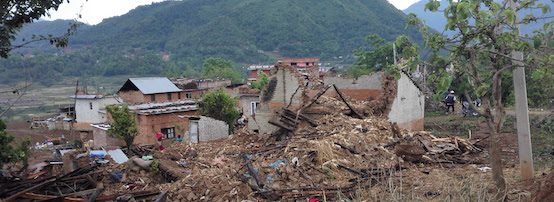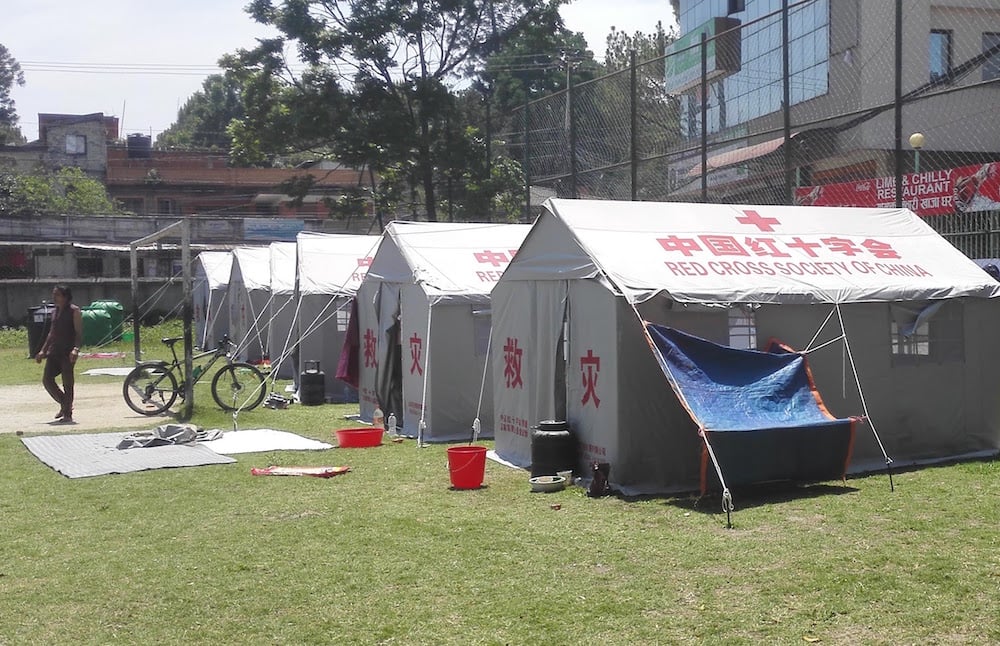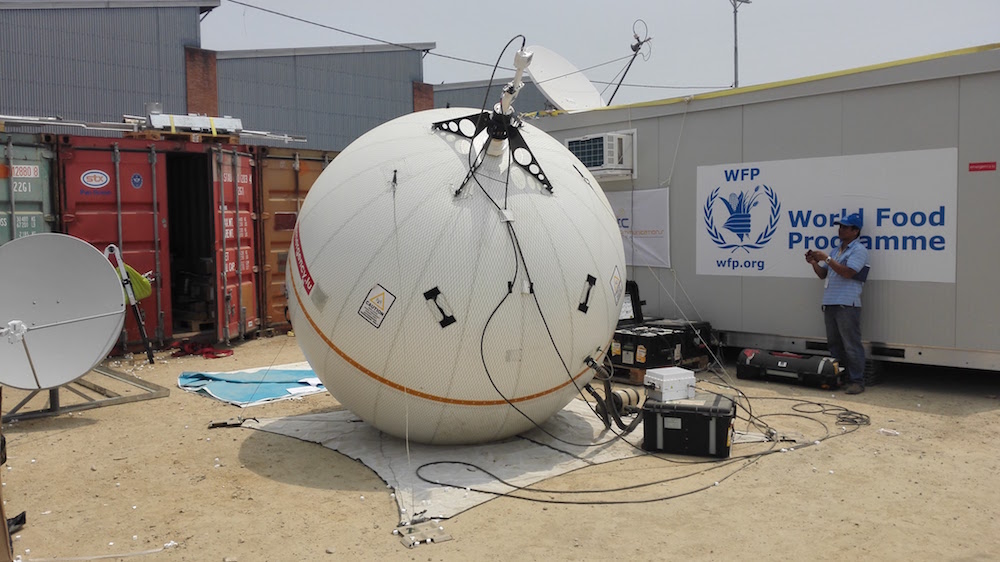
Last month marked the anniversary of the April 2015 Nepal earthquake, which claimed the lives of over 8,000 people and injured nearly three times as many.
The 7.8 magnitude earthquake occurred just before midday on Saturday, 25 April 2015, a day after Nepal celebrated its Democracy Day. Binay Bohra, Managing Director at Vianet Communications, one of Nepal’s leading ISPs, was driving through the narrow alleys of Patan at the time
“I was trying to back my car out of a narrow alley when I heard a terrible sound, like a hurricane was brewing,” remembers Binay. “I thought it was the wind but I soon realized that it was an earthquake.”
For almost 50 seconds, the earth shook violently with pieces of buildings and walls falling all around. Looking back, Binay counts himself lucky, given the damage and lives the quake impacted – hundreds of thousands of people were made homeless with entire villages flattened.
“Most of the houses around me remained upright but a three-story commercial building collapsed nearby.”
After checking on the wellbeing of his family and friends, Binay’s attention turned towards work: first the well-being of his staff and then the impact the earthquake had had on Vianet’s services.
Challenges: restoring infrastructure, reassuring people
Fortunately, Nepal’s international links and major data centres survived the earthquake; however last mile connectivity was another matter. Downed power lines, damaged telecom towers and severed overhead fibre cables meant most people could not connect to the Internet.
“Most of the damage was done to microwave towers on the bordering hilly districts surrounding the capital city of Kathmandu,” explains Binay. “Kathmandu has mostly aerial fibre and the houses that collapsed in some areas also brought down fibre and electrical cables. The first night, there was no power therefore, most of the Internet went offline.”
In the first few days, ISPs and local telcos worked tirelessly to establish large bandwidth connections to emergency relief centers, aiding those planning and carrying out relief works, working out of makeshift tents. Although links were up within a few days, assessing and restoring major facilities and infrastructure proved to be the major challenges for ISPs in restoring the Internet to homes and businesses.
“Full power restoration probably took a couple of weeks. With no power, we had to run generators. This proved challenging, as tenants feared that the high decibels and vibrations from the generators may damage buildings further, or cause a fire to break out.”
Binay says residents and business owners who had telecom towers on top of their residential and commercial buildings were also suspicious of works being carried out to restore fallen towers.
“Some ISP and telecom crews were denied entry to their infrastructure, which delayed the whole process. Negotiating with and assuring these house owners and neighbors that they were safe was a huge challenge.”
Mitigating risk of future disaster
According to Binay, it wasn’t until three months after the quake that things started to normalize. Relief and restoration started to filter further from city centres to rural areas, with measures being put in place by telcos and businesses to mitigate the risk of future earthquakes.
“As part of the restoration process, telecom towers have been strengthened or removed from dangerous buildings. Also the quake made more businesses aware of managing their systems. Many now are backing up their services and servers in different seismic zones.”
Although businesses and the industry are taking these small steps to mitigate the risk of natural disasters, Binay feels that a collective disaster management system is lacking in the country.
“Since most of the backbone network was intact, the question still remains how we would have coped if our backbone fibre infrastructure had been damaged. We still do not have redundancies for such situations.”
As more and more Nepalese connect to the Internet and rely on it as their primary line of communication, such redundancies will become more important given the capacity that the Internet can play in aiding with disaster relief.
The views expressed by the authors of this blog are their own and do not necessarily reflect the views of APNIC. Please note a Code of Conduct applies to this blog.


